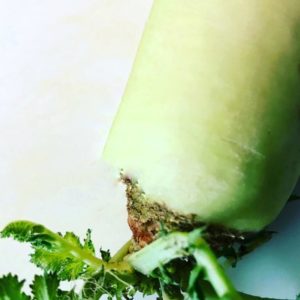
December equals food and coziness on several levels for me.
Drink mulled wine and eat apple slices. Eat wonderful dinners at the city’s restaurants and not least Christmas lunch. Of course I also have to snack a bit like Christmas cookies and Christmas candy.
In order for the whole thing to not go overboard I have also put in a few days with a little healthier food. I do this by eating ramen or udon soup as it is served in Tokyo.
It fits in perfectly with the busy Christmas days, as it does not take much time to make when the fish stock is made. It’s a great taste, it is bursting with vitamins and minerals while detoxifying the body.
I’m probably not the only one who feels this way, which is why I have planned a noodle soup course just before Christmas before it starts. You can read more about the class Noodle soup for beginners
_
Zoë has lectured and held sushi courses for A. P. Moller – Maersk, Hugo Boss Nordic, Novo Nordisk, Novartis, Velux, Gorrissen Federspiel, Beierholm revision, Elbek & Vejrup and many more.







